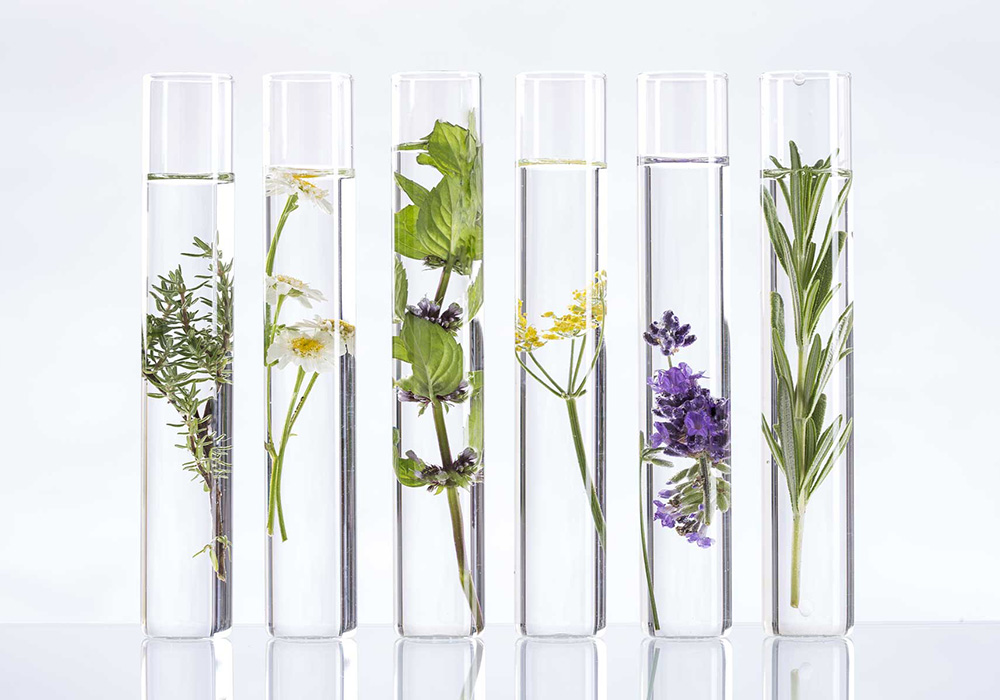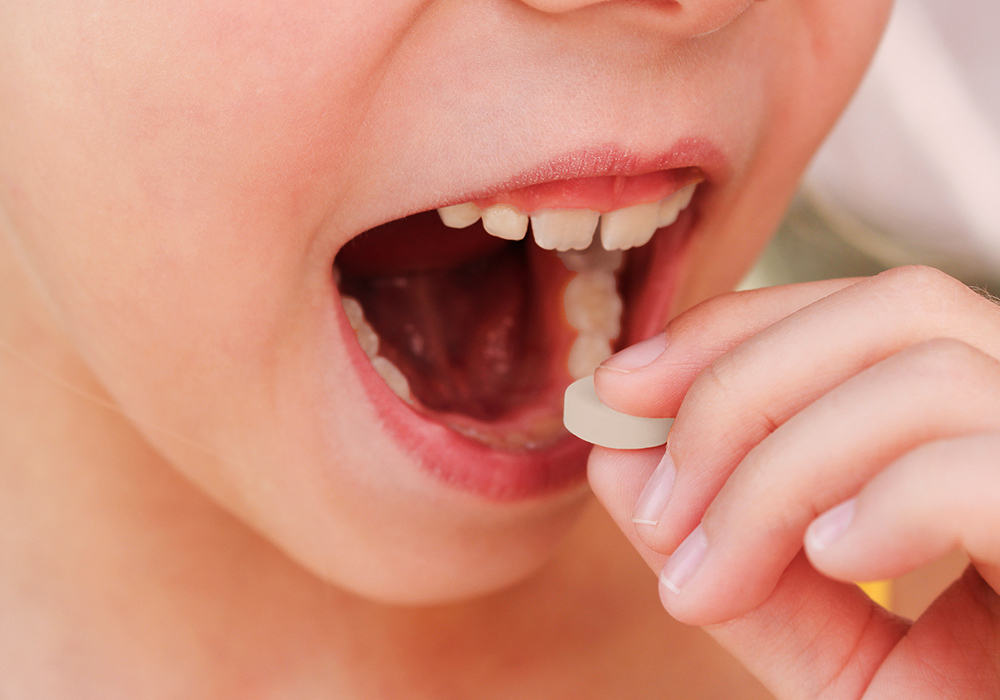Teddy MD is dedicated to helping you find the most natural solution for your child’s sleep problems whether they be big or small.
Our main ingredients are:
Melatonin
The main ingredient is 0.3mg of melatonin. Research has proven that this low dose is the most effective and is the closes dose to what a child’s brain actually makes. To learn more about this dosage size read, “Melatonin Dosage for Children.”
Chamomile
Chamomile is a flower that has been used for centuries because of it’s medicinal properties. Chamomile has been proven to act as an anti-inflammatory, help common cold symptoms, topical application for eczema, help treat anxiety, etc. The reason we chose to include it as an ingredient is because of its sedative effects on the brain. [1]
California Poppy
The native American’s used the California poppy for generation to enhance relaxation and reduce pain. The California Poppy has been proven to be safe and non-addictive. Medically it has been used for anxiety or restlessness, sleep disturbances, acute or chronic pain, headache and children experiencing tooth pain or bed-wetting induced by anxiety or nervousness. [2]
Lemon Balm
Lemon balm has been used in medical treatment for more than 2 millennia. Lemon balm has traditionally been used for its memory enhancing properties. Today it is used more commonly as a sedative or for calming. [3]
Echinacea
Echinacea is a purple coneflower that is closely related to the sunflower. It helps build your immune system fight colds and other small infections. Studies show that people who use this herb are 58% less likely to develop a cold and for people who still get colds experienced shorter duration of symptoms. [4]
Wild Lettuce
Used in children’s cough medicines and various remedies for nervous irritability, wild lettuce has been used orally for insomnia. Its’ safety and calming effects make it a good children’s remedy. It is often mixed with other herbal sedatives due to its rapid loss of potency, meaning most commercial preparations are mild. [5]
- Srivastava, Janmejai K, et al. Advances in Pediatrics., U.S. National Library of Medicine, 1 Nov. 2010, www.ncbi.nlm.nih.gov/pmc/articles/PMC2995283/.
- “Medicinal Herbs 101: California Poppy.” The Nature Doc’s Health Blog, 13 Mar. 2012, drschwaderer.wordpress.com/2012/03/13/medicinal-herbs-101-california-poppy/.
- Km, Ms. Nancy, et al. “Http://Www.iosrjournals.org/Iosr-Jnhs/Papers/vol6-issue1/Version-8/L0601088187.Pdf.” IOSR Journal of Nursing and Health Science, vol. 06, no. 01, 2017, pp. 88–90., doi:10.9790/1959-0601088890.
- “Echinacea.” Which Foods Are Acidic? | Go Ask Alice!, goaskalice.columbia.edu/answered-questions/echinacea.
- Meoli, Amy Lynn, et al. “Http://Ljournal.ru/Wp-Content/Uploads/2016/08/d-2016-154.Pdf.”Journal of Clinical Sleep Medicine, 2016, doi:10.18411/d-2016-154.




